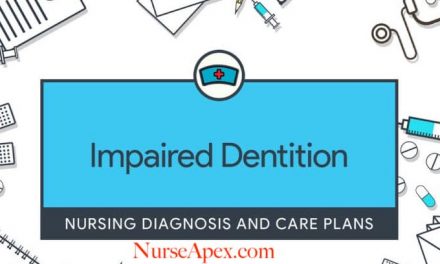If your child has congenital hip dysplasia, a nursing care plan can be a key part of their overall health care. Treatment options can include surgery and a Pavlik harness. Learn about your options and how to get the best treatment. This article will also provide some information about what you can expect from a nursing care plan for congenital hip dysplasia. Also, read on for information on early diagnosis and the Pavlik harness.
Preventing congenital hip dysplasia
Among the nursing care goals for a child with this condition is prevention. Treatment options vary, depending on age and severity, but generally include surgery or a reduction device. Casting with a correction usually becomes unfeasible after six years of age. Prevention goals for congenital hip dysplasia may include educating parents and providing appropriate family support. This article will discuss how to incorporate prevention strategies into your nursing care plan.
Treatment options
If your child has CHD, you’ll likely need to create a nursing care plan based on their unique needs. This plan will include regular visits to an orthopedic specialist to monitor their growth and development. Treatment options may include surgery or non-surgical therapy. Your goal will be to maximize physical mobility and prevent complications. The options for treatment vary depending on your child’s age, etiology, and degree of dislocation.
Early diagnosis
Nursing care for patients with hip dysplasia should focus on prevention and early intervention. Treatment depends on the severity of the disease and the child’s age. Conservative methods may include casting with correction, traction, or reduction surgery. Surgical options, such as open reduction, are usually not feasible until the child is at least six years old. Nursing care plans should focus on improving the child’s physical mobility, while preventing complications and educating parents.
Pavlik harness
If your child has a dislocated hip, they may be given a Pavlik harness, a special splinting device to prevent further degeneration. This device should be worn for three to six months. If your child is not able to wear the harness, a Frejka pillow may be prescribed to provide stability. Other options include surgery and other treatments. For more information, contact your pediatrician or orthopedist.
Surgery
Following surgery for congenital hip dysplasia, nursing care plans are very important. Children with this condition will likely have continuing appointments with an orthopedic specialist. They will also be monitored for hip growth. If this condition is detected early, the most successful correction will occur. In some cases, traction may be performed before surgery to ensure the hips are growing properly. Nursing care plans should be carefully crafted to accommodate the child’s unique needs.





